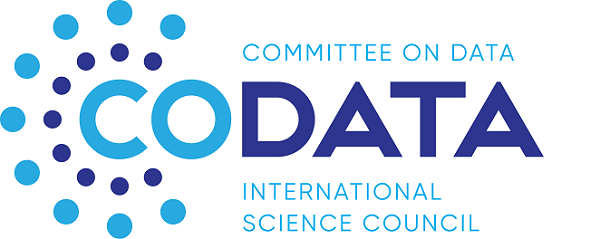This is the ninth in the series of short statements from candidates in the forthcoming CODATA Elections. Peter Baumann is a new candidate for the CODATA Executive Committee as an Ordinary Member. He was nominated by the Research Data Alliance.
 In my construction and activities I can be considered have scientists and half engineer [1]. I admire the beauty of concepts and feel satisfaction when they transform into practice and societal benefit. With a PhD in Computer Science, this pairing has always driven my work and aspirations. Hence, my professional life has seen me in the IT industry with experience as programmer, international project leader, CEO, and hi-tech founder as well as being professor in academic research and education.
In my construction and activities I can be considered have scientists and half engineer [1]. I admire the beauty of concepts and feel satisfaction when they transform into practice and societal benefit. With a PhD in Computer Science, this pairing has always driven my work and aspirations. Hence, my professional life has seen me in the IT industry with experience as programmer, international project leader, CEO, and hi-tech founder as well as being professor in academic research and education.
My research interests [2] fall into what is called “Big Data” today, focusing on flexible, scalable services for massive n-D datacubes such as spatio-temporal sensor, image, simulation, and statistics data. Rigorous foundational work has led to several patents and more than 130 scientific publications. Our rasdaman array engine [3] is in operational use on hundreds of Terabytes, soon Petabytes, and has effectively pioneered a new research field, Array Databases [4]. A series of awards has recognized the innovative character and its success, among them the European IT Prize, Winner of the Copernicus Masters Big Data Challenge, Winner of the NASA WorldWind Europe Challenge, and the Geospatial World Forum Innovation Award. In July 2016, US magazine CIO Review picked our technology into their list of best-of-breed in Big Data [5].
Applying this technology to problems in Earth, Space, and Life science and engineering (and beyond) I continuously have the honor of exchanging with leading domain experts, allowing me to work in a wide range of research fields and their data handling needs.
By combining theoretical foundations and practical experience I had the opportunity to contribute “datacube” standards in critical domains, often chairing the corresponding working groups: in ISO, extending SQL with arrays, often dubbed “Science SQL”; in the Open Geospatial Consortium (OGC), massive spatio-temporal Earth datacubes, such as satellite image timeseries and meteorological simulation output. The OGC “Big Earth Datacube” standards suite, Web Coverage Service (WCS), has received extraordinary take-up by other standardization bodies (like ISO and INSPIRE), open-source projects (such as OpenLayers, QGIS, NASA WorldWind) and commercial vendors (such as ESRI) alike.
Participating as a CODATA Executive Committee member would tap into this body of experience, and allow leveraging synergies between several relevant bodies by fostering exchange and harmonization:
- With my standardization work, I strongly promote data principles, policies, and practice internationally. Among others, I lead ISO 19123-2, OGC WCS and WCPS, and I am a member of the OGC Architectural Board. Through an active interchange with the manifold communities that meet in CODATA I can more actively take up their requirements so that the standards produced reflect the real community needs in science and engineering.
- With my Array Database research I am advancing the frontiers of data science. In organizations like RDA and EUDAT I promote modern data management principles into Earth, Space, and Life sciences. In RDA, I chair, with my respected colleagues, the Big Data Interest Group, Geospatial Interest Group, and Array Database Assessment Working Group. This cross-fertilization can be amplified in an Executive Committee position.
- I actively mobilize data capacity with the open-source tools my group is contributing to the community.
- Based on my specialization in scientific data services I can serve to educate communities about the best use of today’s manifold technologies available. Again, an Executive Committee position can multiply the effect and impact of this work.
- My current role in bridging organizations can be leveraged advantageously for CODATA work. Currently busy in CODATA Germany, RDA, OGC, ISO, W3C, EarthServer, and INSPIRE I can extend this bridging work into EarthCube, Future Earth, GEOSS, UN ISDR, and more. This can help leveraging synergies, avoid reinvention of wheels, and achieve compatibility of community standards.
To increase the impact of CODATA in the scientific communities, some activities are of prime importance:
- expand membership with respect to countries and entities represented;
- actively liaise with organizations in the fields by creating, spotting, and materializing synergies;
- and mobilize CODATA members to actively contribute to CODATA work.
With my background, experience, network, and interest I hope to be able to foster these goals for and with CODATA, based on the acknowledged ideals of science and engineering.
